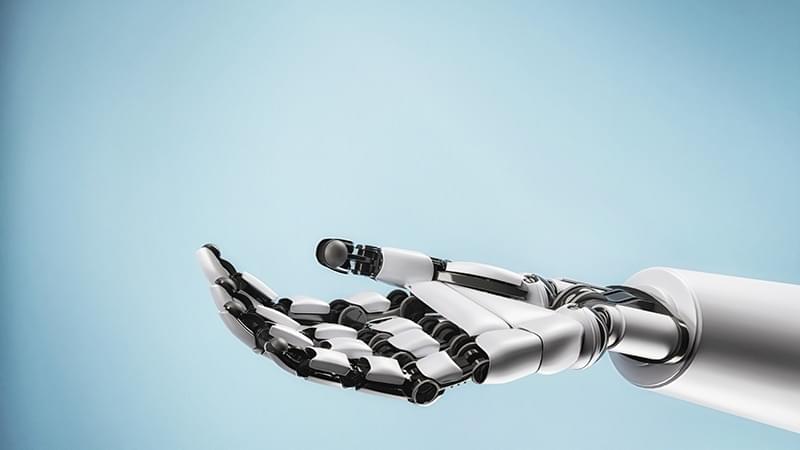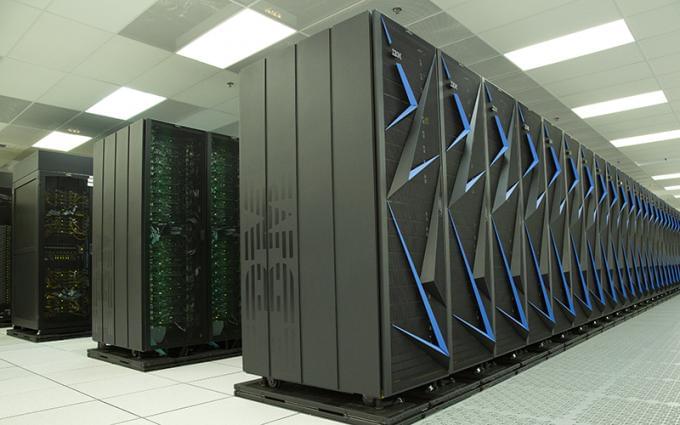This outstanding AI FAKED an intelligent test 🤖 Visit http://brilliant.org/BeeyondIdeas/ to get started learning STEM for free, and the first 200 people will get 20% off their annual premium subscription. 🪐
Watch Part I of the AI series here: https://youtu.be/eWHtDqnAIr8
This video was sponsored by Brilliant. If you’d like to see more of this kind of video, consider supporting our work by becoming a member today!
https://www.youtube.com/BeeyondIdeas/join.
Chapters:
0:00 Introduction.
1:11 AI and sentience.
3:00 If AI passes the Turing test.
6:34 Challenging AI to solve puzzles.
8:50 When AI is being manipulative.
11:57 The behavior of conscious AI
#AI #Sentient #TuringTest.
When computers, robots, or even intelligent chairs become sentient in the future, switching them off would be seen as heartless. They could attempt pleading with you to change your mind. However, a genuinely intelligenct smart technology may encourage something more extraordinary, if it had a sophisticated grasp of society and human psychology. In the end, you may not be able to turn it off at all.







